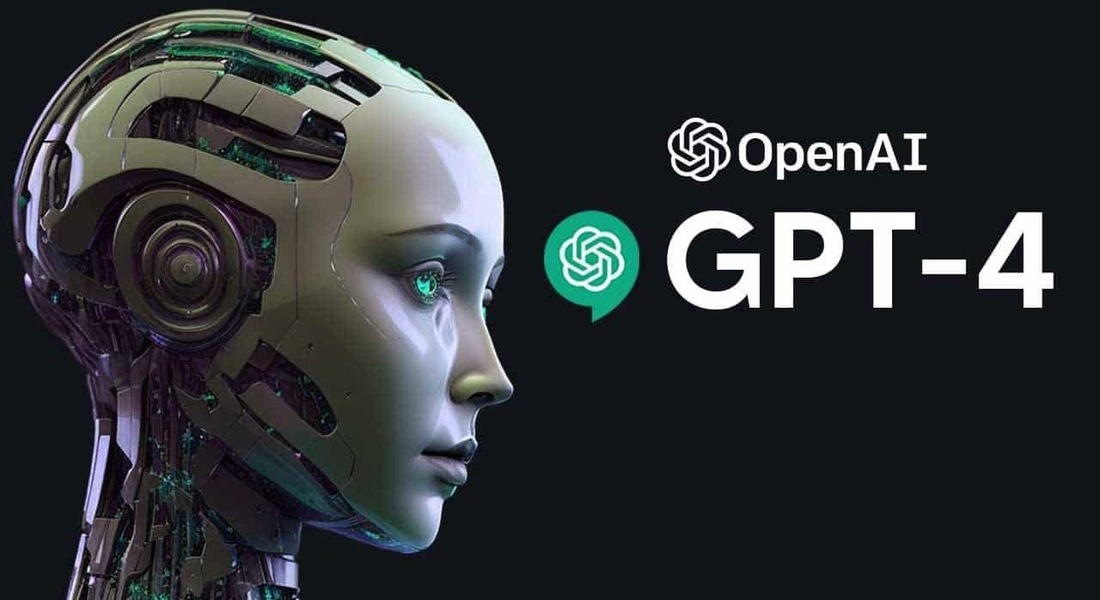
Algorithms for Quantifiers in Machine Learning: What’s New (2025)
In 2025, machine learning has evolved far beyond traditional predictive models, reaching a stage where algorithms can understand, quantify, and measure uncertainty with unprecedented precision. Quantifiers, the mathematical tools that describe probability and truth in complex datasets, are now central to the design of adaptive, transparent, and explainable AI systems.
The Role of Quantifiers in Modern Machine Learning
Quantifiers form the mathematical backbone of models that need to reason about incomplete or ambiguous information. They allow algorithms to make decisions not only based on likelihood but also on confidence intervals and logical generalisations. This approach enhances the interpretability of models used in medicine, finance, and autonomous systems.
In supervised learning, quantifiers help refine the balance between overfitting and generalisation. By integrating fuzzy logic and probabilistic quantification, models now evaluate uncertainty at every stage of data processing. This ensures a higher level of transparency, which is crucial for domains that require accountability, such as credit scoring or patient diagnostics.
Moreover, the inclusion of quantifiers in deep learning frameworks has led to the creation of hybrid architectures. These systems combine symbolic reasoning with neural representations, improving logical consistency and robustness in real-world applications.
New Approaches to Quantifier-Based Models
Recent research in 2025 focuses on quantifier-aware architectures that can dynamically adjust their reasoning processes. Instead of relying on static rules, these models use adaptive quantifiers capable of evolving through reinforcement learning. This enables them to better handle non-linear relationships and ambiguous datasets.
Another breakthrough is the integration of quantum-inspired quantifiers, which exploit probabilistic superposition to represent uncertainty in multiple dimensions. These allow models to express complex dependencies that classical probability theory cannot capture efficiently.
Furthermore, new gradient-based optimisation methods for quantifier calibration ensure that models maintain statistical balance between false positives and false negatives. This refinement has significantly improved the reliability of predictive analytics and anomaly detection systems.
Applications Across Key Industries
In healthcare, quantifier-enhanced models are being used to evaluate the reliability of diagnostic predictions. By quantifying uncertainty, clinicians receive more transparent information about confidence levels in AI-assisted assessments, supporting better-informed medical decisions.
In finance, quantifiers are used to assess risk exposure by analysing large volumes of market data. Quantified predictions allow analysts to model the probability of financial events with greater precision, reducing systemic risk and improving investment strategies.
Meanwhile, autonomous vehicles depend on quantifier algorithms to interpret sensory data. These systems quantify the certainty of object detection and decision paths, helping vehicles safely navigate unpredictable environments.
Ethical and Technical Challenges
Despite their potential, quantifier-based algorithms raise concerns about explainability. While they improve interpretability at the mathematical level, translating these results into human-understandable explanations remains a major challenge for engineers and policymakers.
Another issue is computational cost. Adaptive quantifiers often demand more processing power, particularly when integrated with deep reinforcement learning. Researchers are actively developing energy-efficient frameworks to mitigate these concerns.
Lastly, the use of quantifiers in sensitive areas like law enforcement or credit approval calls for strict ethical guidelines. The quantification of uncertainty should not justify opaque decision-making processes but rather promote fairness and accountability.

Future Trends and Research Directions
Looking ahead, the convergence of quantifier logic and large language models is expected to transform reasoning in generative AI. Quantifier-driven interpretability layers could allow future models to reason about probabilities and truth conditions explicitly during generation.
Another promising field is neuro-symbolic integration, where quantifiers act as mediators between logical inference and data-driven learning. This approach will make models both statistically accurate and semantically coherent, bridging the gap between mathematics and cognition.
Additionally, open-source frameworks such as TensorFlow Quantifier and PyTorch LogicNet are paving the way for widespread adoption. These tools provide libraries for quantifier calibration, allowing researchers to integrate these capabilities into existing AI pipelines easily.
Conclusion and Outlook
The evolution of quantifier algorithms in 2025 marks a critical milestone in AI development. By enabling models to express and manage uncertainty more effectively, these algorithms enhance the trustworthiness and interpretability of artificial intelligence across industries.
As research progresses, the focus will increasingly shift from raw accuracy to calibrated reliability. This transition will ensure that AI systems not only perform tasks efficiently but also communicate their limitations transparently, aligning with ethical AI principles.
Ultimately, quantifiers represent the next frontier in making machine learning systems more aligned with human reasoning — capable of understanding both the data and the uncertainty that defines it.





